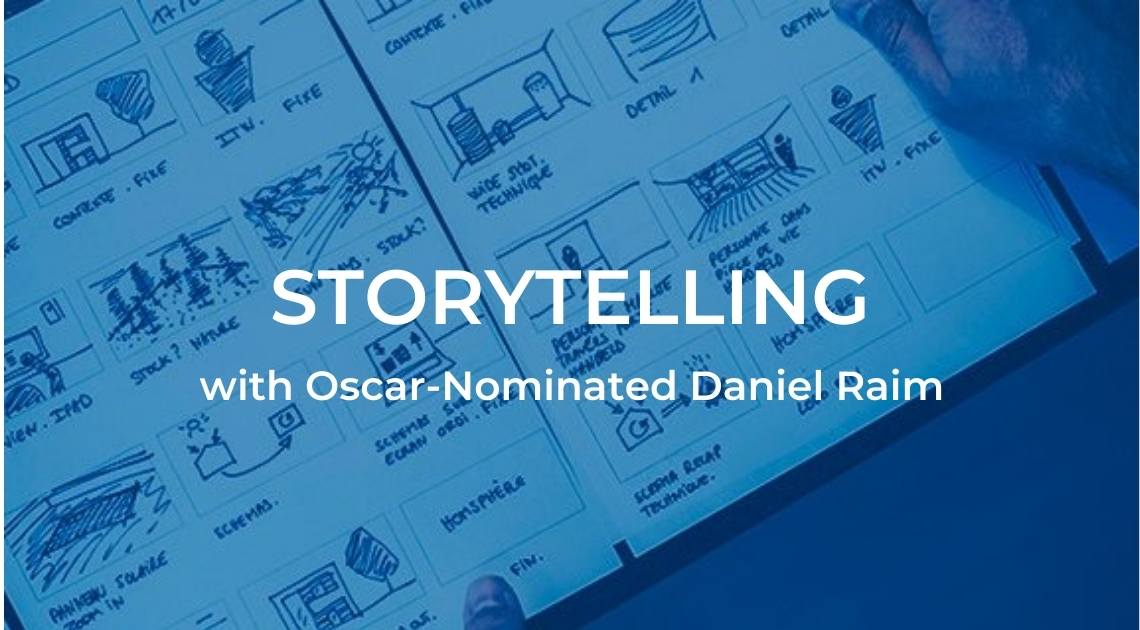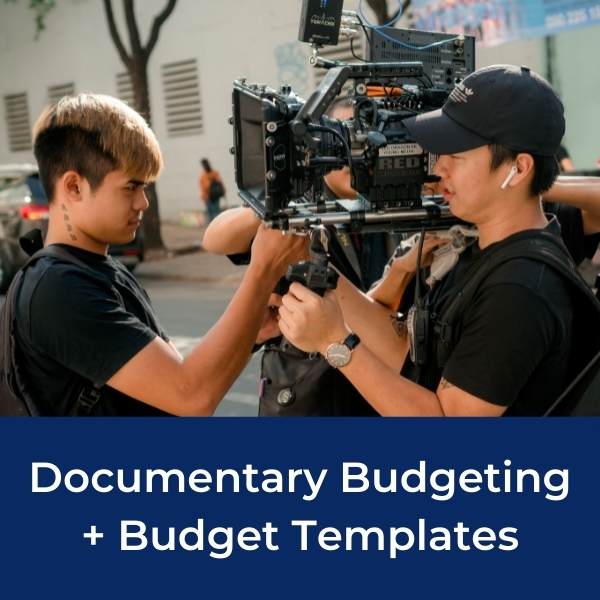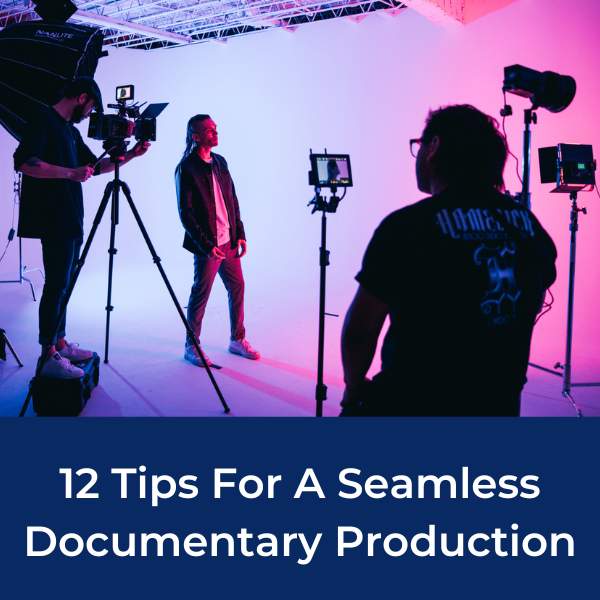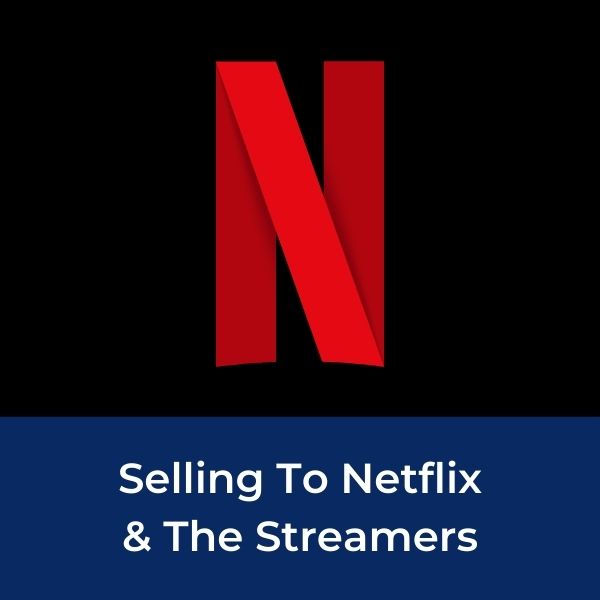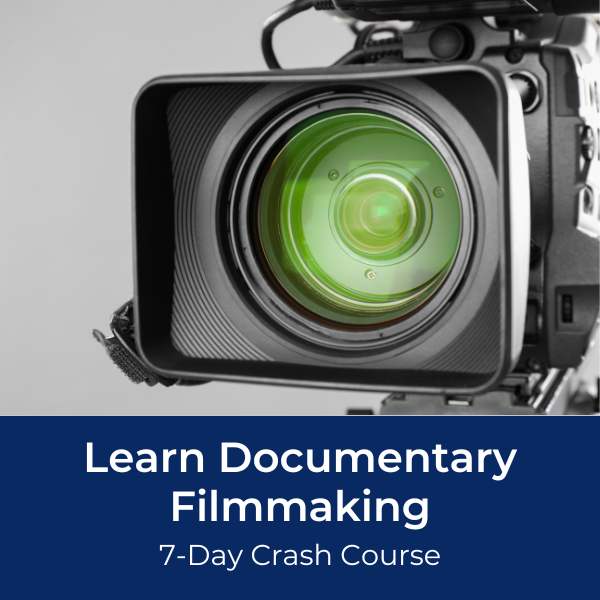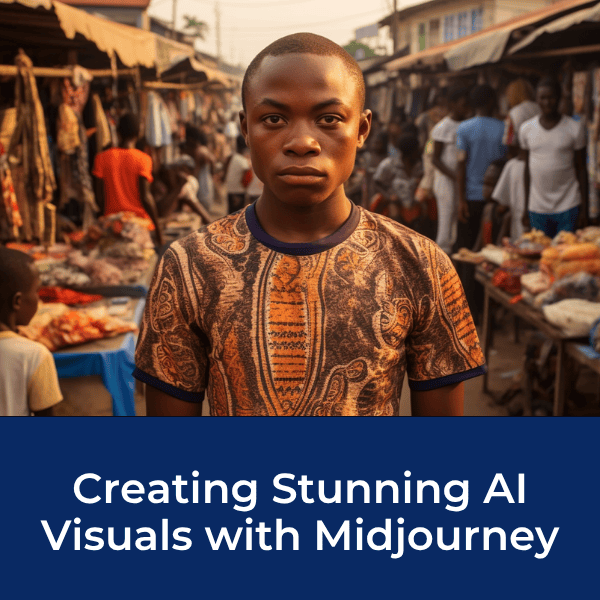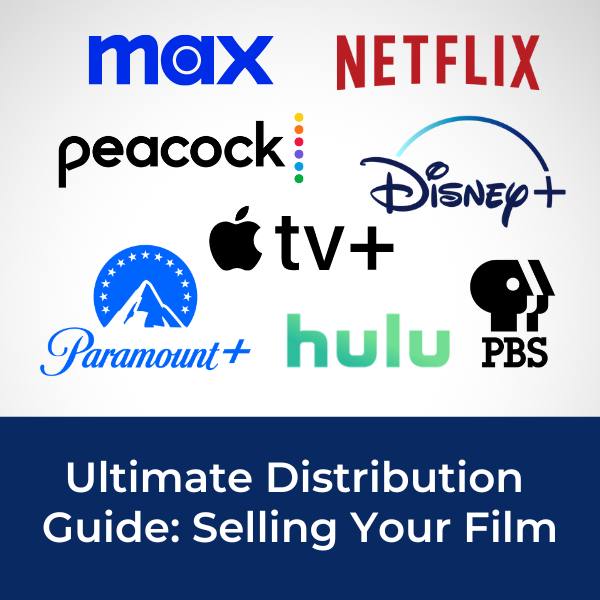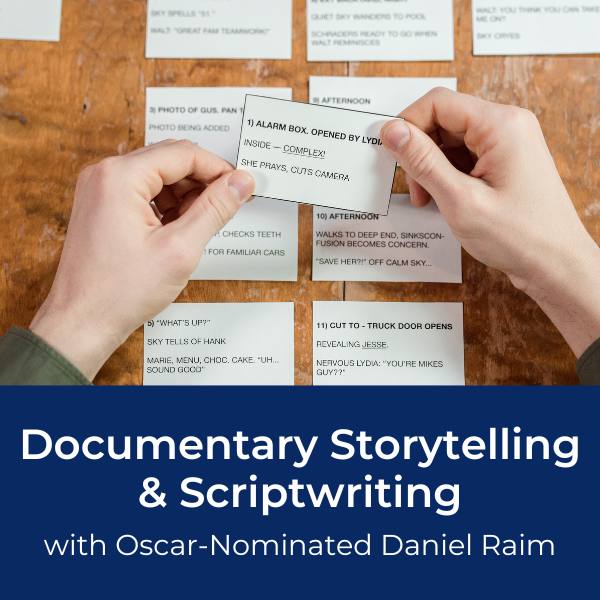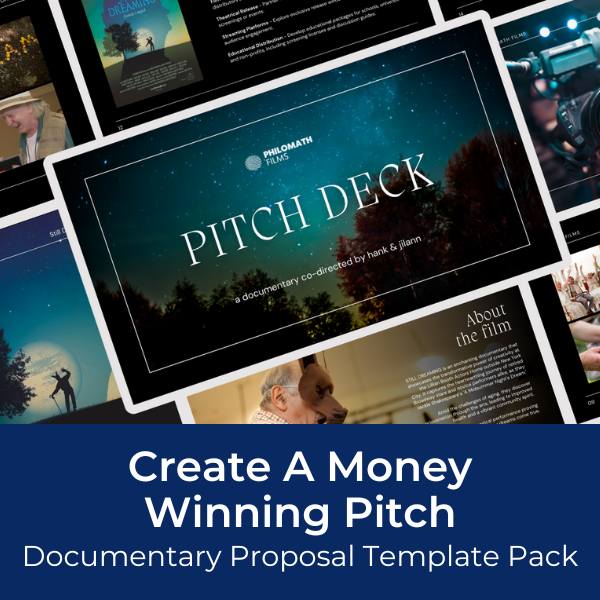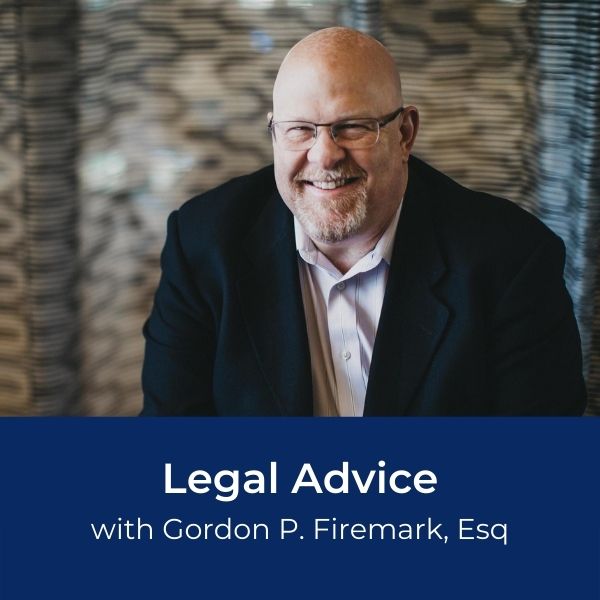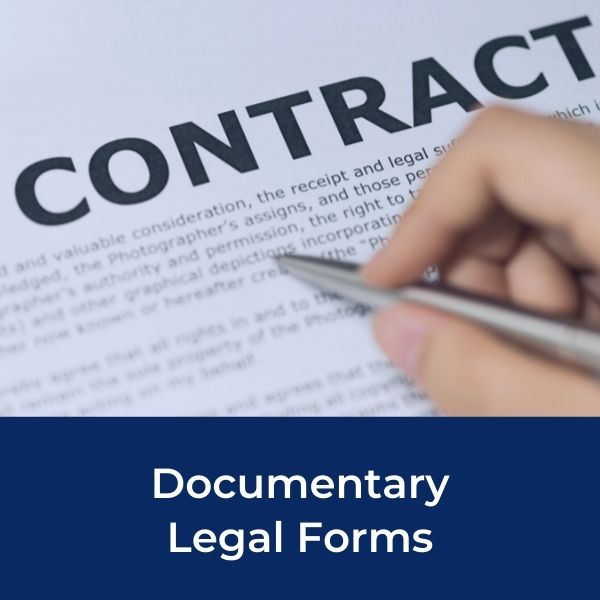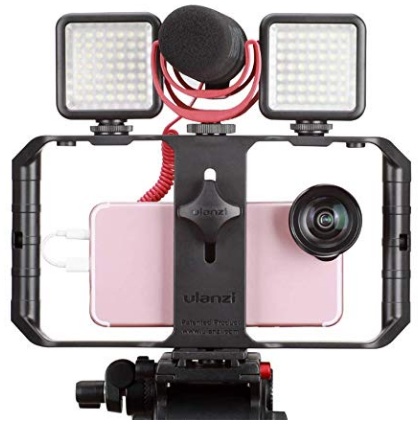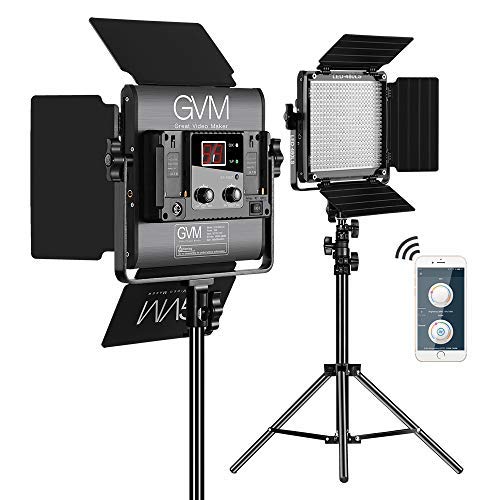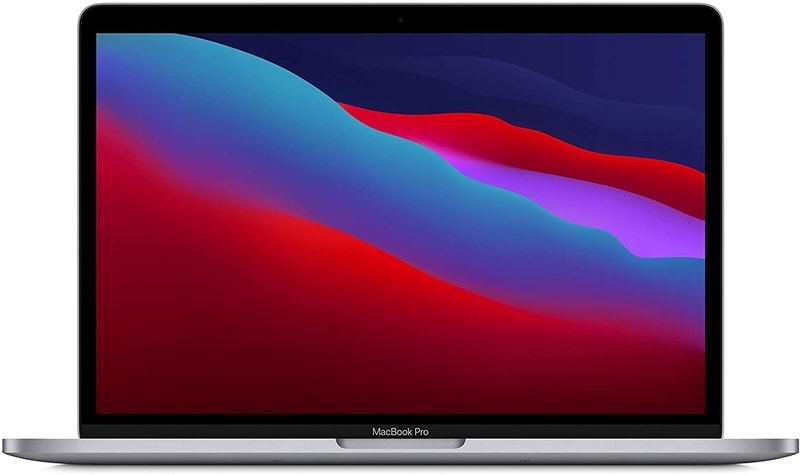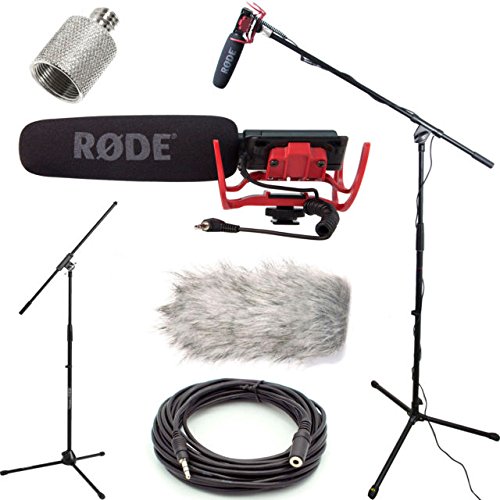Documentary Storytelling Techniques
Creative ideas to help tell your story
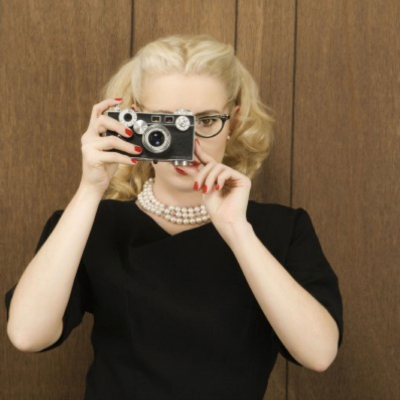
The key to choosing the right storytelling techniques for your documentary is to know who your primary audience will be and where/how it will be viewed.
If your audience is a group of third graders, you may choose a very different technique than you would for a group of college fraternity brothers or for a group of senior citizens.
How To Create A Documentary Pitch Deck (with Examples!)
Who Buys Documentaries? 13 Real-World Options For Selling Your Film
Another way to choose your storytelling technique is to think about your subject matter.
If your documentary is about war, you might choose a very different storytelling style than if your documentary is about adopting puppies.
The idea is that you want to create the proper setting and tone to create an experience for your audience.
You want to build the story in such a way to keep the audience engaged and following the story.. you don't want them to get bored nor do you want to overstimulate.
Storytelling Techniques
Narration – This is a traditional style of storytelling using a narrator who is off-camera and never seen. This generic “voice” is an objective storyteller. This style is often used in news type documentaries like PBS's Frontline.
Host – This is a style of storytelling where you learn the story through a guide or a host. You see this person on camera and they take you through the story in their own words. The host could be you, it could be a celebrity or a professional host or just a person who has some connection to the story. This is a great technique for a travel documentary. I used this technique in my documentary Briars in the Cotton Patch with former UN Ambassador Andrew Young as the host.
No Narration – These are my favorite type of documentaries where there is no narration. The story is pieced together using only clips of interviews, raw footage, on-screen text and graphics. The Cove is a compelling example of this style.
Recreations/Drama – This storytelling technique is often used in historical documentaries where important events have already taken place and there is no existing footage. Or there are pieces of the story missing that need to be dramatized. A great example of a documentary using this technique is Man on Wire.
Follow One Character – This is a style of storytelling where you choose one person to follow for your story. The filmmakers that made the documentary An Inconvenient Truth took this approach by following Al Gore to tell a big and complicated story.
Cartoon Animation – A lot of documentaries in recent years have been using this technique including Searching For Sugar Man and Blood Brother. The cartoon animation is used sparingly throughout the documentary to capture a particular event or mood. For example in Blood Brother, cartoon animation was used to tell the story of how the lead character dealt with a dying cat.
Stop Motion – My guess is that you would not want to use stop motion for your entire documentary, although anything is possible in filmmaking. Probably, this would simply be one element in your movie. The guys who made King Corn used this technique brilliantly using pieces of corn. King Corn is a documentary worth watching and full of creative storytelling techniques. You can even watch the “cut scenes” on the DVD to see other ideas they came up with but ended up not using in the final film.
Talking Heads – This is a technique where you interview a lot of people and edit their quotes together one right after the other. The documentary-short So Where's Home? A Film About Third Culture Kid Identity is an example.
Chronological Order (or not) – You may choose to tell a story in “real time” as it happened, or you can shake it up a bit by putting the “end” of the story first and then go back in time to explain what happened leading up to that event. This can be a great technique to keep the audience guessing. You could even choose to keep looking back in time throughout the film and then have it all come together at the end.
Personal Point of View – Your voice narrates and tells the story from your personal perspective, like an opinion piece. These types of films can be very compelling if done right. Michael Moore's documentaries, such as Fahrenheit 9/11 are great examples. This style can be particularly effective when dealing with a very sensitive issue or personal story.
Observational – This is a technique where you just let the camera roll and let the action speak for itself. There is no narration, no “talking heads”, no interviews telling the story. The camera is basically a “fly on the wall”. There is still editing involved to set the tone and pacing, but the filmmakers allow the action and people in the situation reveal the story in their own timing. I worked with a friend on such a project where we set up a camera in a barber shop and just quietly filmed as one character after the next walked in to reveal a fascinating patchwork of stories. The footage was later edited down into a 20-minute documentary short.
Photo Slideshow – Photos can be a wonderful storytelling technique. As the saying goes, a photo is worth a thousand words. Photos can be put to music, narration or quotes for a sophisticated and compelling documentary. War Photographer is a documentary I highly recommend. Although photos are certainly used throughout the documentary, notice the technique the filmmakers used with tiny video cameras attached to the photographer's camera creating a fascinating “personal point of view” perspective.
Drawings/Animation – This is another creative way to tell your story. Say you have a young girl who was abused and you don't want to show her face as she's talking. What about getting an artist to draw a childlike sketch of a young girl and have her walking along the street. It's the same idea as when you flip the pages of a book fast and it reveals a “moving” scene even though each image is a drawing. A compelling documentary that used drawings in the most amazing way is Operation Homecoming - Writing the Wartime Experience.
Chapters – Divide the documentary into “chapters” or segments, each with its own title. It keeps it simple for you and simple for your audience. I used this technique in my documentary Briars in the Cotton Patch.
Participatory – This style or technique might be used in an educational or children's documentary. Ask the audience to do certain tasks: “Okay, now stand up and do this..” or perhaps it's an instructional type documentary where you need to show how to do CPR or emergency procedures. This style is basically a show and tell.
Those are a few ideas for storytelling techniques.
Learn the entire process of making a documentary from beginning to end, including how to craft a compelling story, in our 7-Day Documentary Crash Course.
Related Articles
- How To Write A Documentary Script
- How To Write An Effective Documentary Treatment/Proposal
- 5 Cinematic Techniques for Making A Documentary More Impactful
- What Makes A Good Documentary: 7 Key Elements of an Award-Winning Documentary
Documentary Resources
Ready To Make Your Dream Documentary?
Sign up for our exclusive 7-day crash course and learn step-by-step how to make a documentary from idea to completed movie!

